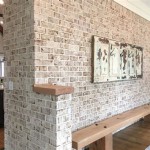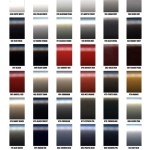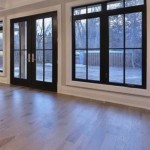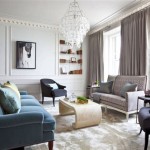What Is Traditional Interior Design?
Traditional interior design embodies a timeless aesthetic that draws inspiration from historical styles, craftsmanship, and enduring principles. It's characterized by its elegance, sophistication, and a focus on creating spaces that feel both welcoming and enduring. While the specifics of traditional design can vary based on the historical period or geographical influence, certain core elements remain constant. This article will explore the key characteristics, elements, and historical origins of traditional interior design.
Key Characteristics of Traditional Interior Design
Traditional interior design is characterized by a sense of history, comfort, and formality. It strives to create spaces that are both inviting and refined. Here are some key characteristics that define this style:
- Classic and Elegant: Traditional design prioritizes timeless elegance over fleeting trends. It embraces classic silhouettes, refined details, and a sense of enduring beauty.
- Formal and Structured: Traditional interiors often exhibit a sense of order and balance. This is reflected in symmetrical layouts, well-defined spaces, and a careful attention to proportion.
- Comfort and Functionality: While traditional design emphasizes elegance, it also prioritizes comfort and functionality. This is evident in the selection of comfortable furniture, well-placed lighting, and thoughtful storage solutions.
Elements of Traditional Interior Design
Beyond the overall aesthetic, traditional design is defined by a number of specific elements that contribute to its signature look and feel:
Furniture
Traditional furniture is known for its intricate details, quality craftsmanship, and enduring style. Common features include:
- Classic Silhouettes: Traditional furniture often features classic shapes like wingback chairs, Chesterfield sofas, and antique dining tables.
- Upholstery: Rich fabrics like velvet, damask, and linen are frequently used for upholstering traditional furniture. These fabrics add texture, depth, and a sense of luxury.
- Carved Details: Traditional furniture often incorporates intricate carvings and decorative elements, adding visual interest and a touch of history.
Colors and Patterns
Traditional color palettes typically feature warm, muted hues like ivory, cream, beige, and soft blues and greens. These colors create a sense of calm and sophistication. Patterns are often traditional and timeless, including:
- Floral Prints: Floral prints are a staple of traditional design, adding elegance and a touch of nature.
- Damask: This intricate woven pattern features repeating motifs that create a sophisticated and luxurious feel.
- Plaid: Classic plaid patterns add warmth and texture to traditional interiors.
Materials
Traditional interior design often incorporates natural materials that contribute to its sense of warmth and timelessness. Common materials include:
- Wood: Hardwoods like oak, mahogany, and cherry are frequently used for flooring, furniture, and architectural details.
- Stone: Marble, granite, and limestone can be used for countertops, fireplace surrounds, and flooring, adding elegance and durability.
- Natural Textiles: Linen, cotton, silk, and wool are common choices for upholstery, curtains, and bedding, adding warmth and texture.
Historical Origins of Traditional Interior Design
Traditional interior design draws inspiration from various historical periods and styles. Some of its key influences include:
18th Century:
The 18th century saw the rise of neoclassical styles like Georgian and Regency, which emphasized symmetry, order, and classical motifs. These influences are evident in traditional design's use of elegant furniture, symmetrical layouts, and decorative elements inspired by ancient Greek and Roman architecture.
19th Century:
The 19th century brought the rise of Victorian and Gothic Revival styles, which featured ornate details, rich fabrics, and a love of craftsmanship. These influences are reflected in traditional design's embrace of intricate carvings, luxurious textiles, and a focus on quality construction.
Early 20th Century:
The early 20th century saw the emergence of Arts and Crafts and Mission Revival styles, which emphasized simplicity, craftsmanship, and the use of natural materials. These influences continue to shape traditional design's appreciation for handcrafted furniture, natural materials, and a focus on creating spaces that are both functional and beautiful.

Traditional Interior Design Defined And How To Master It Décor Aid

Traditional Interior Design Defined And How To Master It Décor Aid

Traditional Interior Design Defined And How To Master It Décor Aid

Traditional Interior Design Defined And How To Master It Décor Aid

25 Best Traditional Interior Design Ideas In 2025 Decorilla

25 Best Traditional Interior Design Ideas In 2025 Decorilla

How To Quickly Update A Traditional Interior Design Home My Decorating Tips

10 Ways To Add Traditional Interior Design Your Home Foyr

What Is Traditional Design Interior Style

How To Quickly Update A Traditional Interior Design Home My Decorating Tips
Related Posts








